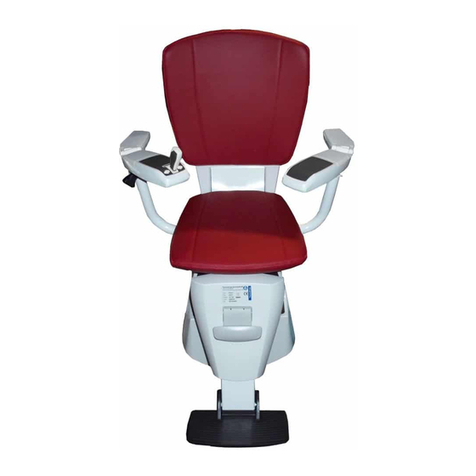
Page 7of 19 Revision 4 Access Limited 2009 - All Rights Reserved
3. Configuration
The device has an automatic selection between serial and USB modes. If there is no USB connection to the
device it will automatically switch to serial mode. When using USB mode it is recommended to tie the unused
serial inputs to signal ground.
3.1 Serial Connection
The serial interface is configured by default as 3.3V CMOS suitable for connection to RS232 via an interface
chip such as MAX3232 or direct to a 3.3V microprocessor. For evaluation a simple interface board with a
linear regulator and a 3.3V to RS232 chip is supplied. As supplied, the CTS input to the unit activates the
power down mode when it is inactive.
By default the output data is formatted to 9600 8 bits, no parity, 1 stop but can be changed to 7-bit even
parity. Available baud rates are 1200, 4800, 9600 and 19,200. Please contact Access IS Support for
information on modifying the protocol parameters.
For evaluation a simple board is available with a sounder, LED indicator, 3.3V linear regulator and a 3.3V
serial to RS232 buffer chip. The schematics are in appendix 9.
3.2 USB Connection
The USB interface is a standard full-speed (12 Megabit) USB 2.0
The unit has three configurable device classes under USB. These are CDC, HID Keyboard and Custom HID.
CDC Class
The CDC interface is the standard USB CDC class as defined in the Universal Serial Bus Class Definitions
for Communications Devices Revision 1.2 and PSTN subclass specifications.
Power down mode is enabled by deactivating the DTR line by sending the SetControlLineState command
with bit 0 of wValue set to zero.
Under Microsoft Windows the unit appears as a virtual COM port under Device Manager and can be
accessed in a similar way to other COM ports. This also handles the virtual COM port; port number can be
set from Device Manager.
For Microsoft Windows a suitable .INF file is supplied to enable the device to be used with the standard
Microsoft CDC driver. The .INF file can be downloaded from the link indicated below
http://downloads.access-is.com/0126b.inf
HID Keyboard Class emulation
The HID Keyboard Class emulation follows the USB HID 1.1 specification boot interface as defined in
appendices B, C and F. Note that power saving mode is not available in keyboard emulation mode
Custom HID Class
This is a custom HID interface following the USB HID 1.1 specification. It is used where a virtual COM port or
keyboard output is not appropriate. It usually requires installing a custom driver to bring the data into the
application.




























